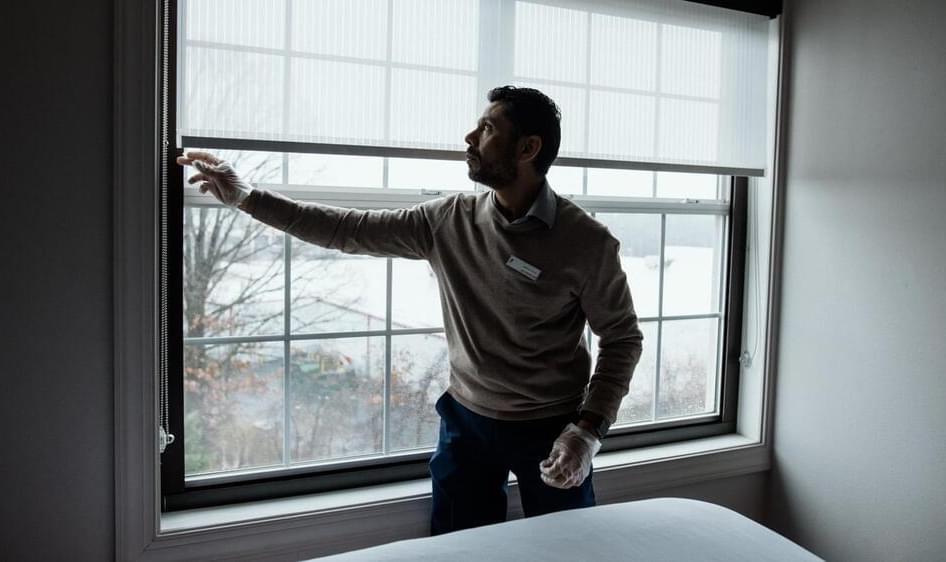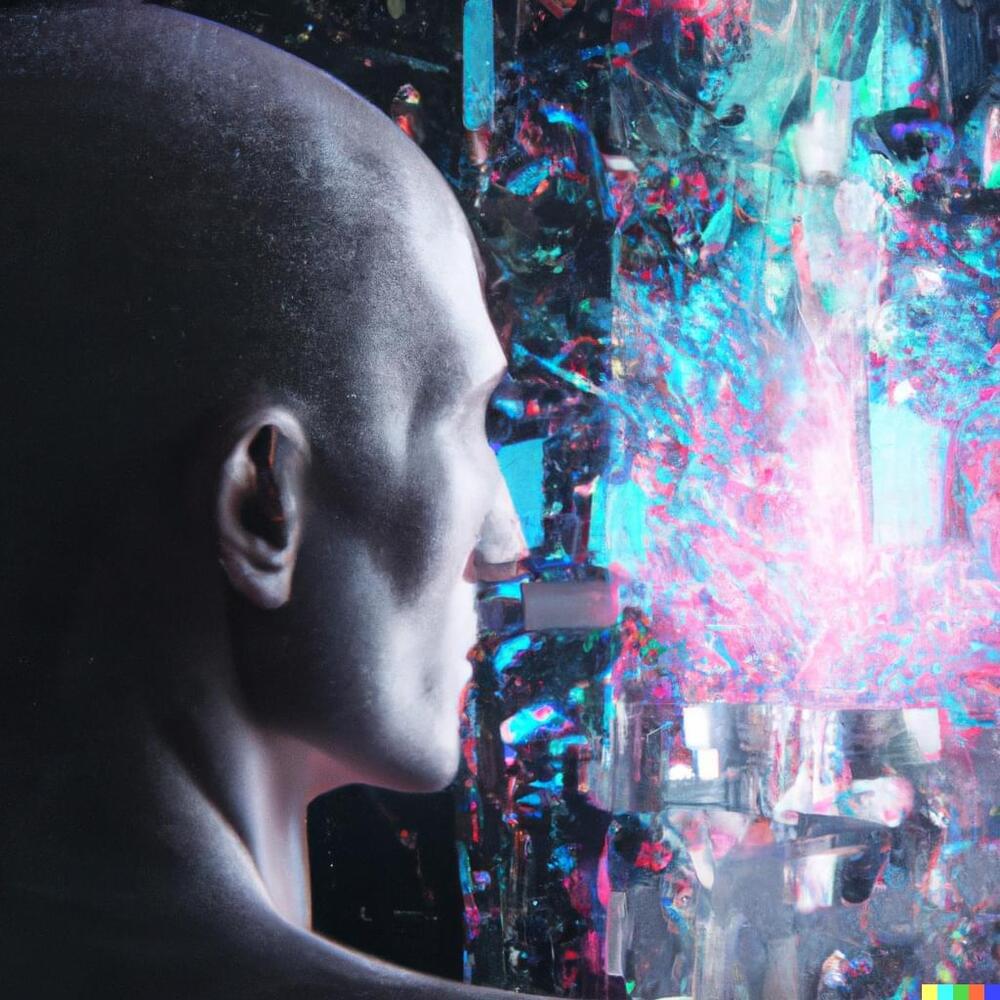Metamorworks/iStock.
Safe and helpful answers.


Though OpenAI CEO Sam Altman recently said it would be “a mistake” to use ChatGPT for anything important.
Microsoft aims to integrate OpenAI’s ChatGPT chatbot into its Bing search engine in order to boost its user count and rival Google, as per a report from The Information.
Could OpenAI enhance Microsoft’s search engine credibility?
Picture alliance/Getty Images.
According to the report, Microsoft hopes a more conversational search experience, in which a bot provides contextual replies based on search queries, will lure users away from Google, which currently dominates the search landscape.
“She cooks, she cleans, and she still finds time to play ball with Elroy,” George and Jane Jetsons’ six-and-a-half-year-old son. Set in the year 2062 and described in the 1960s animated sitcom The Jetsons as an “aluminum-encased, battery-powered robotic maid” who is the “perfect answer for any modern family,” Rosie the Robot takes care of chores around the house while also serving as friend and confidante of mother Jane. Sarcastic and funny, Rosie is a hardworking nanny and aunt figure to children Elroy and Judy.
While many technologies The Jetsons predicted for 2062 have become reality, such as video calls and smart watches, the full realization of robots as the 1960s ideal friend and helper who makes life easier has yet to be fulfilled. For twenty-five years, roboticist Daniel Theobald has been on a mission to create robots that can solve the world’s most pressing problems. But rather than focus solely on making robots be more human, his calling has been to use them to help humans be more human.
The co-founder of Vecna Technologies and Vecna Robotics tells the story of a client who once came to him worried about their aging population. Vecna was one of the only modern robotics companies doing cutting edge work, and they wanted to talk about creating robots to take care of the elderly. Theobald says, “I felt that was completely backwards. Why would we build robots to take care of humans, and send our humans to work in a factory? Robots should be used to do the things that don’t matter. People need real, meaningful work like taking care of each other and the people we love. We should use technology to give us more time to be human, to do more meaningful activities like art, science, caring for the elderly, exploration of the universe, those sorts of things.”

Despite surges in fields like AI, medicine and nuclear energy, major advances in science and technology are slowing and are fewer and farther between than decades ago, according to a study published in Nature.
The researchers analyzed some 45 million scientific papers and 3.9 million patents between 1945 and 2010, examining networks of citations to assess whether breakthroughs reinforced the status quo or disrupted existing knowledge and more dramatically pushed science and technology off into new directions.
Across all major scientific and technological fields, these big disruptions—the discovery of the double helix structure of DNA, which rendered earlier research obsolete, is a good example of such research—have become less common since 1945, the researchers found.

Both the European Space Agency and NASA are planning to test even more sensitive sensors on future moon missions to try and hone in on satellite signals. If they can truly connect with sats back home, we could get closer to achieving autonomous moon travel. But eventually that won’t be enough. To help direct humans on the lunar surface, we’re going to need a fleet of satellites specifically around the moon. NASA calls its project LunaNet, and it’s part of the Gateway space station, which is the culmination of America’s plan to return to the moon. It needs to be designed to play well with ESA technology and, eventually, will be the source of high-speed internet on the moon.
Artemis I launched back in November, rounded the moon just 81 miles above the lunar surface and touched down Earth-side in December. Artemis II, which will carry astronauts around the moon in a similar trajectory, is slated to launch in late 2024, according to Space.com. Artemis III, which will be humanity’s first boots on the moon since 1972, could launch as early as 2025.


Check out all the on-demand sessions from the Intelligent Security Summit here.
Over the last half-decade, quantum computing has attracted tremendous media attention. Why?
After all, we have computers already, which have been around since the 1940s. Is the interest because of the use cases? Better AI? Faster and more accurate pricing for financial services firms and hedge funds? Better medicines once quantum computers get a thousand times bigger?


Check out all the on-demand sessions from the Intelligent Security Summit here.
The metaverse is becoming one of the hottest topics not only in technology but in the social and economic spheres. Tech giants and startups alike are already working on creating services for this new digital reality.
The metaverse is slowly evolving into a mainstream virtual world where you can work, learn, shop, be entertained and interact with others in ways never before possible. Gartner recently listed the metaverse as one of the top strategic technology trends for 2023, and predicts that by 2026, 25% of the population will spend at least one hour a day there for work, shopping, education, social activities and/or entertainment. That means organizations that use the metaverse effectively will be able to engage with both human and machine customers and create new revenue streams and markets.
